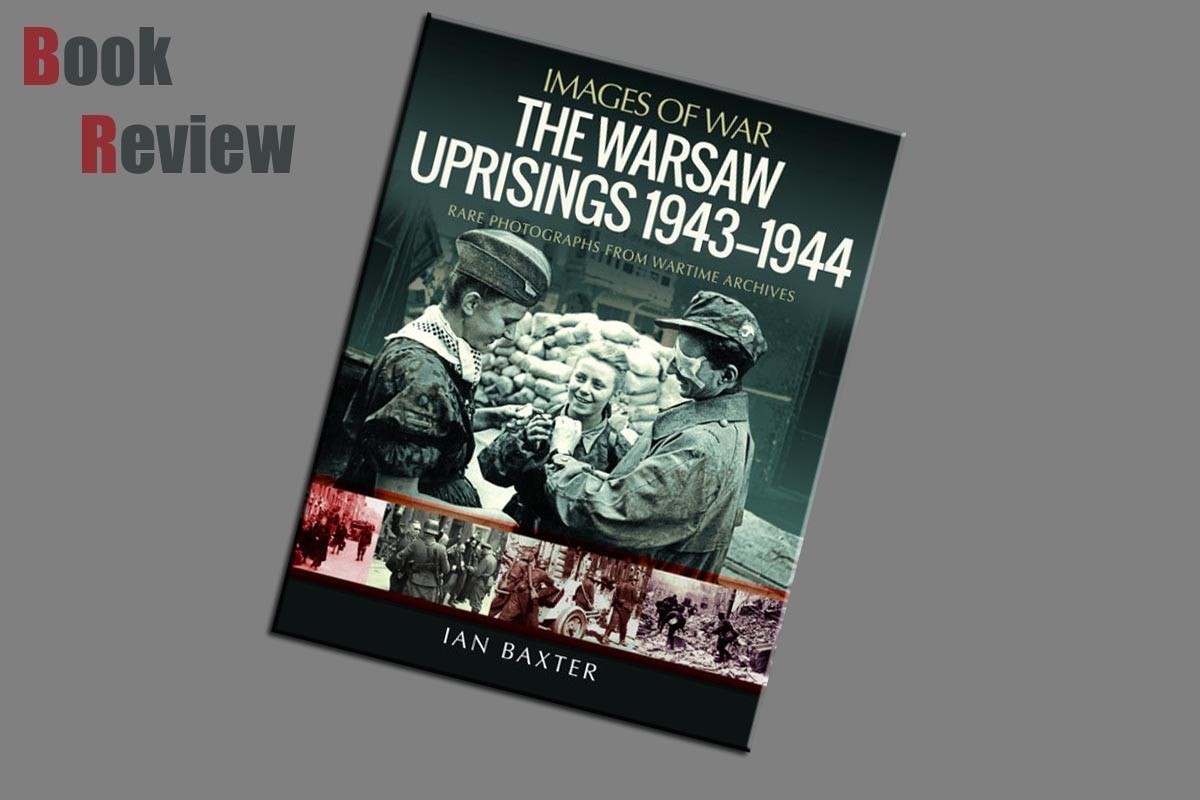
Review
This review looks at one of the recent releases from Pen and Sword as part of their Images of War series. These books take you into various aspects of war from WW1 to present conflicts. This title authored by Ian Baxter looks and looks at the Warsaw Uprisings 1943-1944. this series of books of soft backed offerings with a card cover which in this case protects 128 pages. The images in this book could prove very distressing for some and so and so think on that when deciding to purchase. The book is presented as follows:
Prelude
The Jewish Ghetto Uprising, 1943
The Polish Home Army Uprising, 1944
Aftermath
List of Army Units, 1944
When Germany invaded Poland the Polish people were very poorly treated and the Polish Jews even worse. Following the invasion Germany began to displace all of the people in certain areas as Germans were moved in to settle these areas. The Jewish population ended up in death camps and Ghettos with the rest of the displaced Poles being settled as and where. The book starts by showing you the sorry state the Polish Jews were in upon reaching the areas where the ghettos were created, those that could work were used by German businesses as slave labour and it was that attribute that kept them alive as long as they were. The Polish were let down by the Allies both in the West and East and the uprisings could have been supported at least by the Soviets during the 1944 uprising.
This book presents you with short well written introductory passages and then bombards your senses with images that would be more at home in the dark ages. Men and woman from the youngest to the eldest brutalised and treated as rubbish who when they get the chance rose up with small arms purchased from Russians and gave a good account of themselves despite the sorry state they were in. The period photographs in this offering are very clear for the most part and give you a good idea of what these people faced and how they tried to overcome it. The excellent photographs are accompanied with captions that add depth to the images and provides the viewer with a better idea of what they are seeing.
Introduction
The following introduction is as supplied by Pen and Sword:
By 1942 the Nazi leadership had decided that the Jewish ghettos across occupied Poland should be liquidated, with Warsaw’s being the largest , processed in phases.
In response the left-wing Jewish Combat Organisation (ZOB) and right-wing Jewish Military Union (ZZW) formed and began training, preparing defences and smuggling in arms and explosives.
The first Warsaw Ghetto Uprising began in April 1943. Although this was quelled at devastating cost to the Jewish community, resistance continued until the summer of 1944. By this time the Red Army was closing on the city and with liberation apparently imminent the 40,000 resistance fighters of the Polish Home Army launched a second uprising.
For sixty-three days the insurgents battled their oppressors on the streets, in ruined buildings and cellars. Rather than come to their aid the Russians waited and watched the inevitable slaughter.
This gallant but tragic struggle is brought to life in this book by the superb collection of photographs drawn from the album compiled for none other than Heinrich Himmler entitled Warschauer Aufstand 1944.
Conclusion
This book is one of those titles that shows you how whole groups of people can be treated as detritus and still have enough fight in them to rise up against their oppressors. The conditions above ground are well detailed, but its the secret hides they created underground that caught and held my attention. These quarters underground enabled them to move around in the sewers and obtain items with which to fight back. The written content provides a good insight into what the photographs portray and could make for some interesting diorama’s.



























